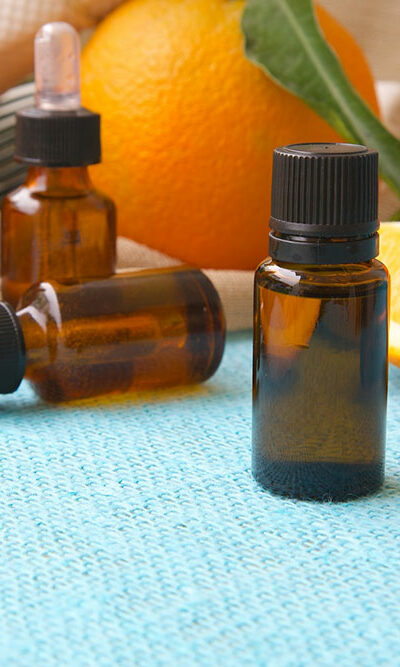
Treatment for Different Types of Meningitis
The membranes that cover the brain and spinal cord are called the meninges. The meninges are three ultrathin membrane layers that are surrounded by a fluid. Meningitis is a condition when the fluid surrounding the meninges becomes infected. Bacterial or viral infections affect the meninges. They may also be infected due to cancer, medication allergies, chemical reactions or fungal infections. The types of meningitis are based on the cause of meninges infection. The brain and spinal tissue swell up due to meningitis. Due to the swelling, the oxygen and blood supply to the brain is inhibited. The most common symptoms of meningitis are fever, severe headache, and a stiff neck. Untreated, unchecked meningitis could be fatal. Types of meningitis Viral and bacterial meningitis are the two main types of meningitis. Viral meningitis : This is mainly caused by a virus called enterovirus. Other types of viruses like herpes, HIV and West Nile virus may also cause viral meningitis. Among the types of meningitis, viral meningitis is the least severe. The enterovirus is found in the gastrointestinal tract. During the time that our immunity system is lowered, the enterovirus activates and causes flu-like symptoms. The enterovirus spreads through a sneeze, cough, and unclean hands. Bacterial meningitis : Bacterial meningitis is rare, but severe among the types of meningitis. The most common cause of bacterial meningitis is the spreading of a respiratory infection to the brain. Pneumococcal and meningococcal are the two bacterial types of meningitis. Meningococcal meningitis is more prevalent in children and teens than adults. Pneumococcal meningitis is more prevalent in adults. Fungal meningitis : This type is rarer than bacterial meningitis. Unlike the other two types of meningitis, fungal meningitis is not contagious. Fungal meningitis occurs when fungi travel to the spinal cord through the bloodstream. Children and elderly are at a higher risk of developing fungal meningitis due to their weak immune system.










